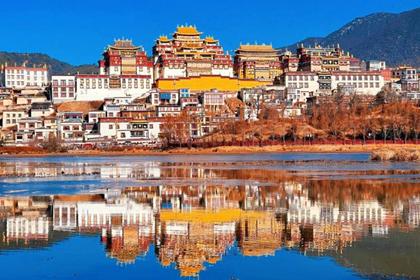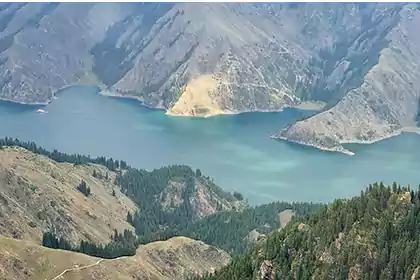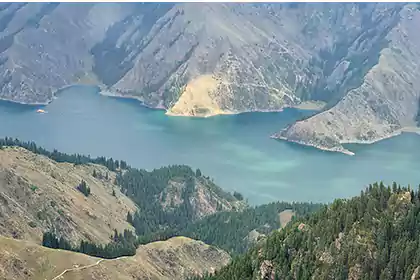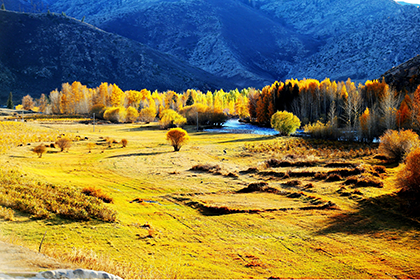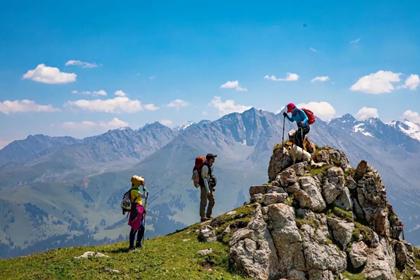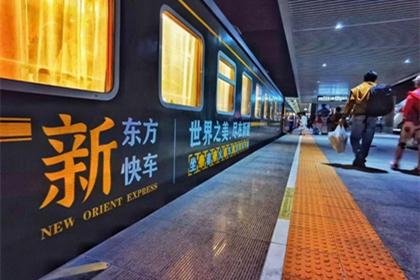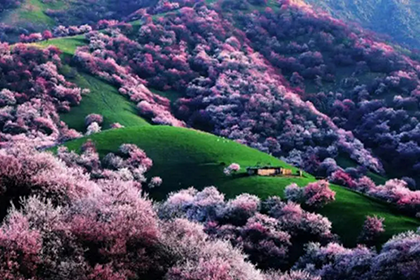what is uyghur food
The Uyghurs are mainly distributed in the southern Xinjiang region south of the Tianshan Mountains in China., including the Kashgar Oasis, Hotan Oasis, and the Aksu River and Tarim River basins. The Uyghurs believe in Islam, and Eid al-Adha and Eid al-Fitr are traditional religious festivals. Today, they, together with Nowruz (Spring Festival), have become traditional ethnic festivals of the Uyghurs.
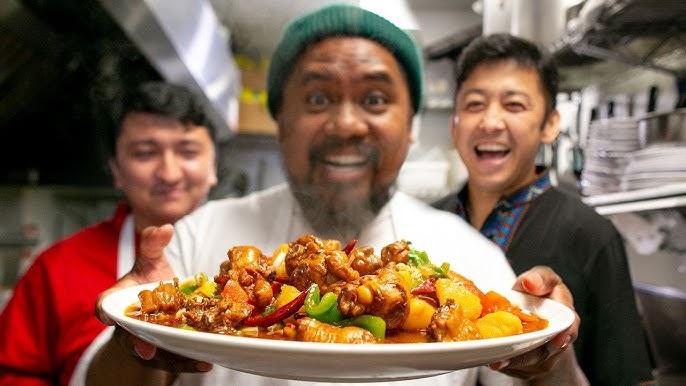
Eating habits of the Uyghurs are distinct and rich in variety. The Uyghurs mainly eat noodles and like to eat beef and mutton. There are dozens of types of staple foods, the most common of which are naan, mutton pilaf, steamed buns, noodles, etc. Roasted whole lamb and mutton skewers are traditional Uyghur delicacies, with unique roasting methods and rich flavors. Rice sausage and flour persimmons are also common snacks for Xinjiang Uyghurs, and the main raw materials are sheep viscera and rice. The Uyghurs like to drink Fu tea and milk tea, and often eat melons and fruits in summer. Traditional beverages also include yogurt and juices made from various dried fruits.
Uyghur Cuisine
In New York City (NYC) and Washington D.C., you can also find Uyghur food that brings the authentic flavors of Xinjiang to these urban centers. Whether you're in NYC or Washington D.C., you can experience the unique taste of Uyghur cuisine that has been cherished by generations.
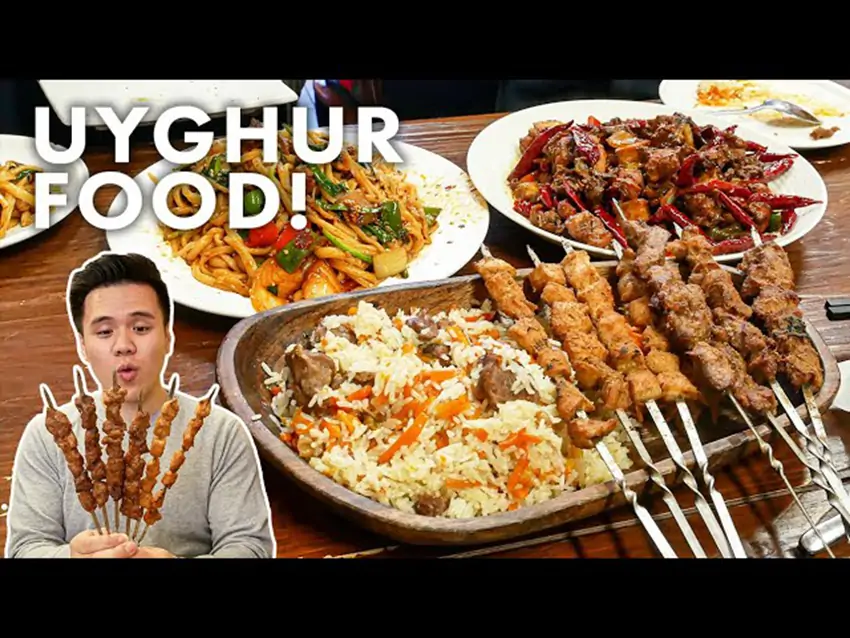
Nang
Introduction: Nang is the traditional staple food of the Uyghurs, equivalent to steamed bread or rice for the Han people. In NYC and Washington D.C., you can find various types of Nang, such as meat Nang, oil Nang, and sesame Nang, which are crispy and delicious, rich in nutrition, and easy to carry and store.
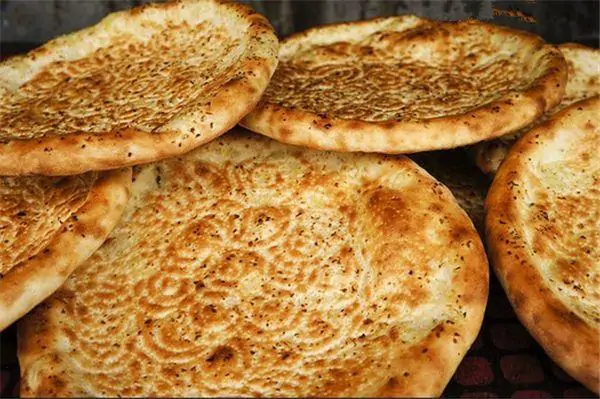
Kebab
Introduction: Kebabs are a classic Uyghur delicacy, with mutton skewers being the most common. The meat is tender and juicy, the spices are authentic, and the roasted meat skewers are fragrant and mouth-watering. In both NYC and Washington D.C., Uyghur kebab stalls and restaurants offer this traditional delicacy, often paired with naan and beer.
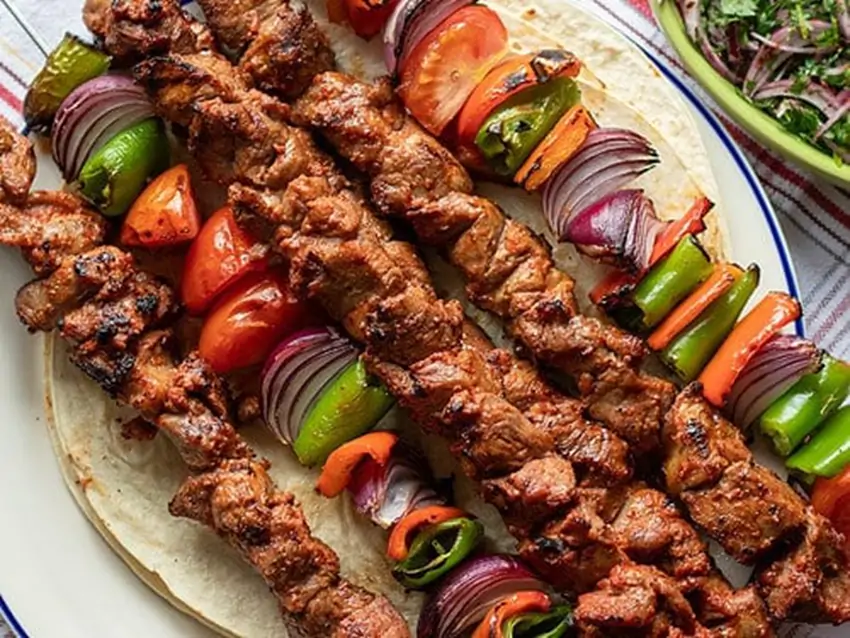
Laghman
Introduction: Laghman is a kind of pasta of the Uyghurs, similar to the mixed noodles of the Han people. The noodles are chewy and delicious when paired with sauces made from mutton, vegetables, and other ingredients. In NYC and Washington D.C., Uyghur restaurants serve laghman that is as authentic as it is in Xinjiang.
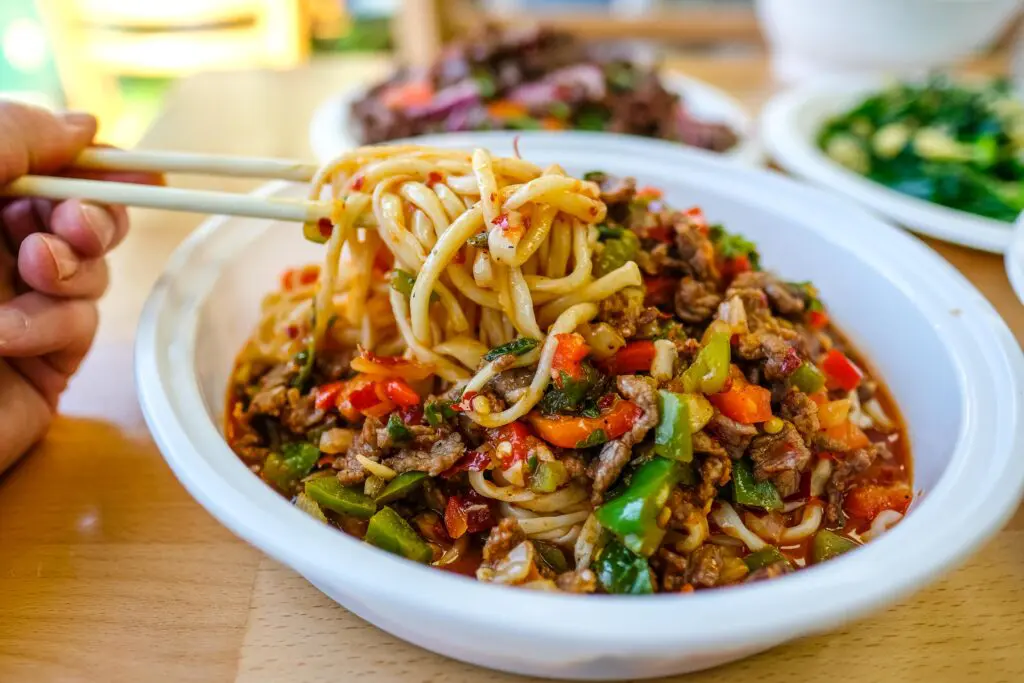
Hand-Grabbed Rice
Introduction: Hand-Grabbed Rice is a traditional delicacy of the Uyghur people, named because it is often eaten with clean hands. The rice is fragrant and delicious, and is fried with ingredients such as mutton, carrots, onions, and other vegetables. It has balanced nutrition and a rich taste. In NYC and Washington D.C., you can find Uyghur restaurants that serve this traditional dish with all its authentic flavors.
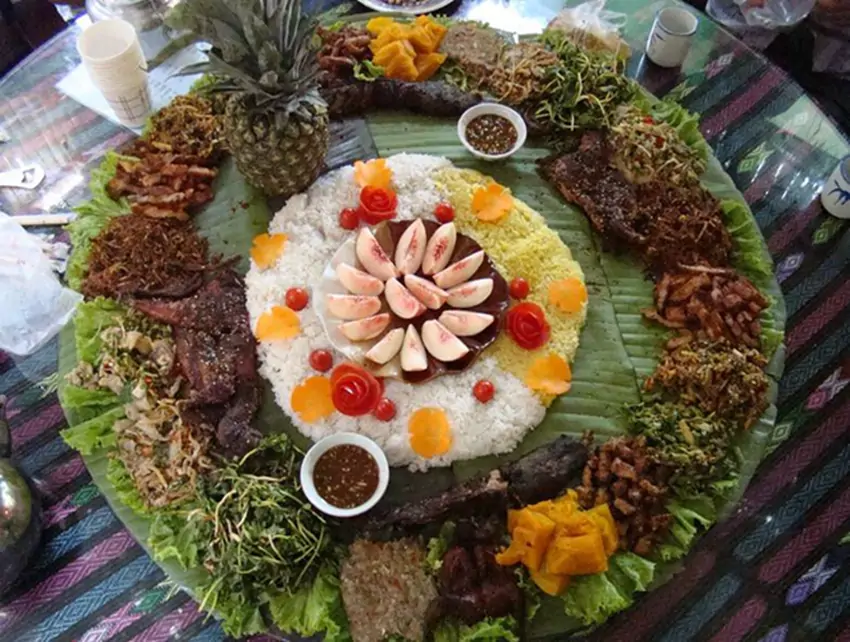
In addition to these traditional Uyghur dishes, you can also find other Xinjiang delicacies in NYC and Washington D.C., such as Big Plate Chicken, Spicy Lamb Trotters, Xinjiang Milk Tea, Roast Buns, Xinjiang Dried Beef, and Xinjiang Yogurt. These dishes not only showcase the rich culinary heritage of the Uyghurs but also provide a unique dining experience for food lovers in these cities.
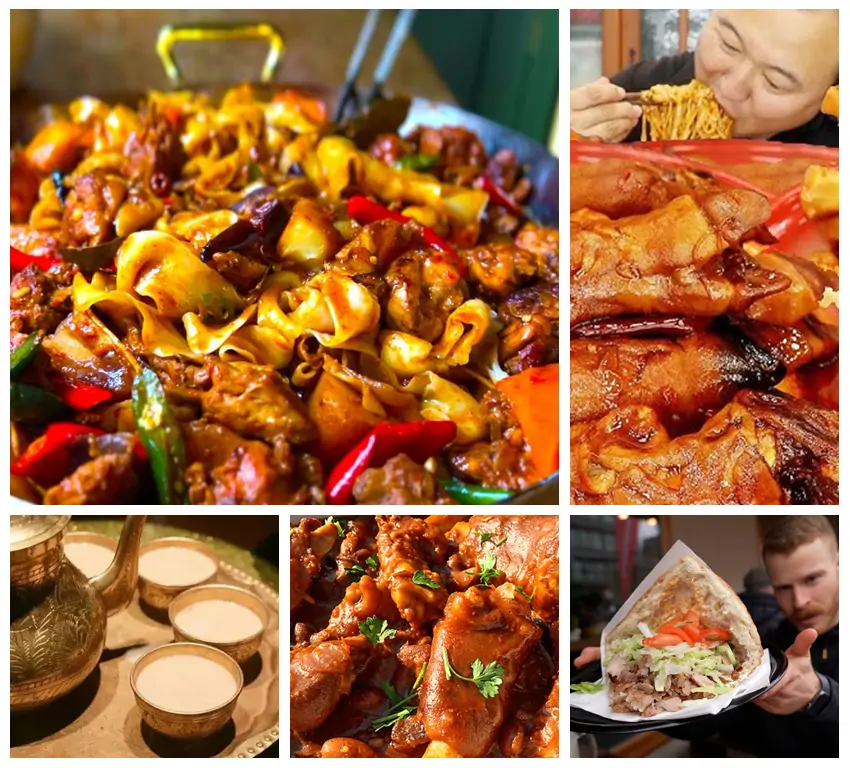
Therefore, whether you are in New York or Washington, D.C., or anywhere in the world, don't miss the opportunity to explore the world of Uyghur cuisine and experience the authentic flavors of Xinjiang. Below we talk about the time and precautions for traveling to Xinjiang. When you come to Xinjiang, China, you will be able to more clearly experience the authenticity of Uyghur cuisine and the enthusiasm of the Uyghur people.
More food
Best Restaurants & Local Food Experiences in Nyingchi, Tibet
1. Travel time
The Uyghur settlements are mainly located in Xinjiang. The climate conditions here are relatively special. It may still snow in June and July. Therefore, it is recommended to choose the appropriate travel time according to the season and weather conditions.
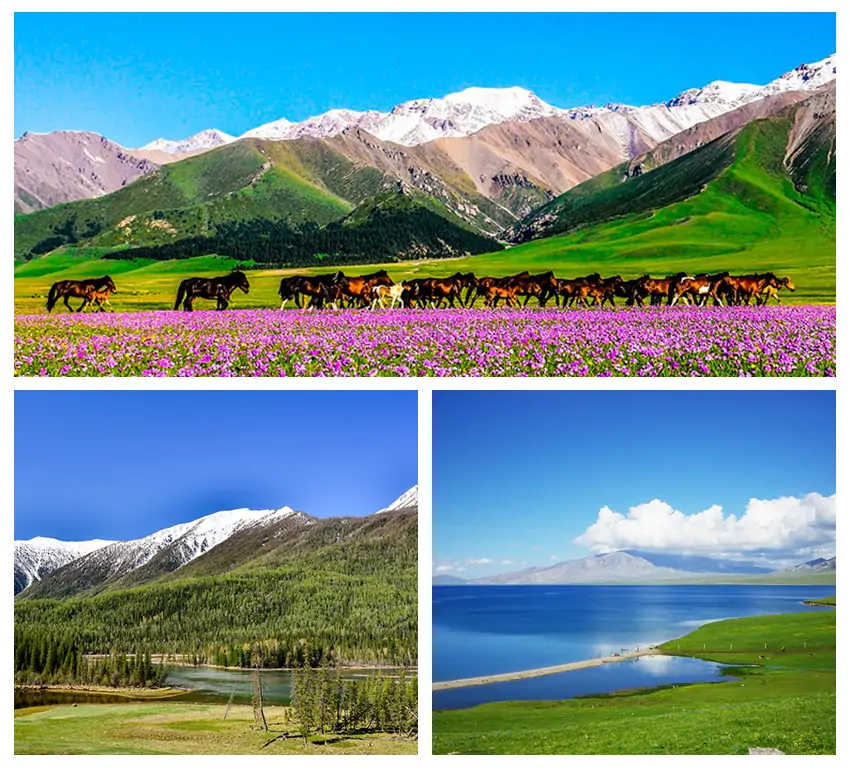
Spring and autumn are the best seasons for tourism in Xinjiang. At this time, the climate is pleasant and the scenery is beautiful, which is suitable for sightseeing and taking pictures.
2. Tourist places
Kashgar Old Town
Kashgar Old Town is one of the places with the strongest Uyghur customs. A large number of traditional houses and handicraft workshops are preserved here.
Visitors can stroll through the quaint streets and alleys here, appreciate the traditional Uyghur architecture and handicrafts, and feel the rich Uyghur cultural atmosphere.
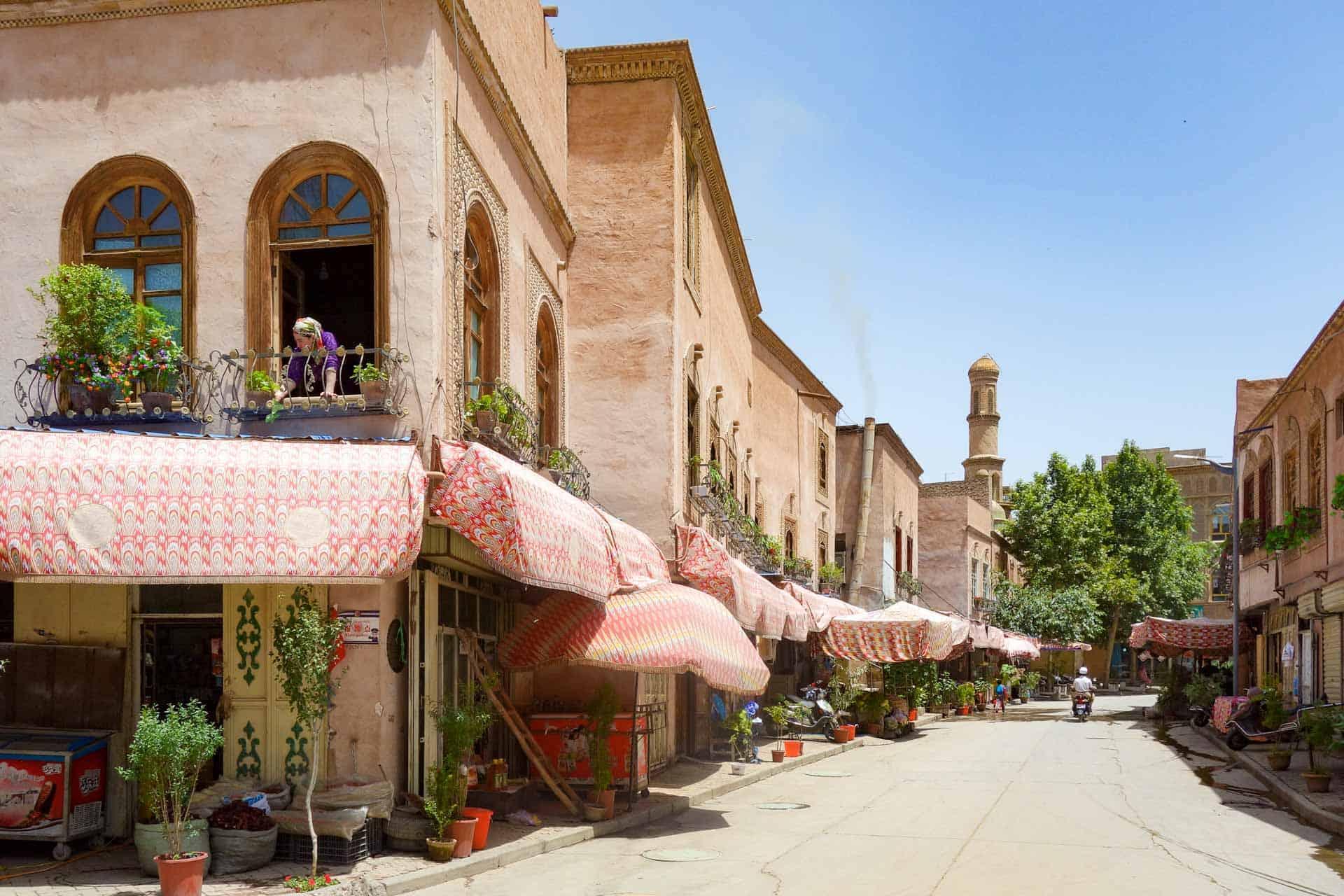
Xiangfei Garden
Xiangfei Garden is a famous attraction in Kashgar. With Xiangfei's tomb as the core, it shows the legendary story of Xiangfei and the history and culture of the Uyghur people.
Visitors can visit Xiangfei's tomb, museums and other attractions here to learn about Xiangfei's life and deeds and the history and culture of the Uyghur people.
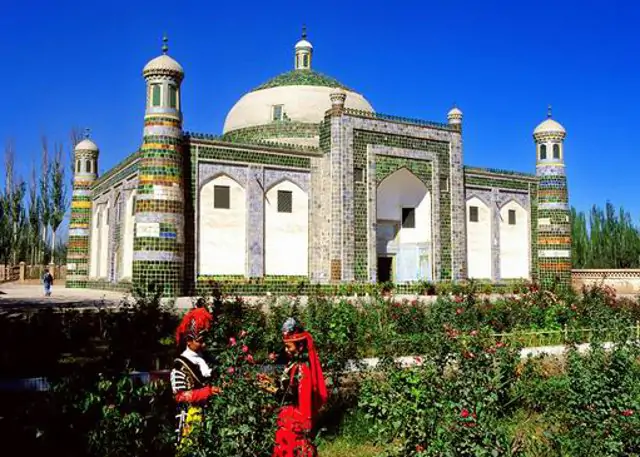
Pamir Plateau
The Pamir Plateau is a magnificent scenic spot in Xinjiang, with magnificent natural scenery and unique folk culture.
Visitors can enjoy the natural landscapes such as plateau scenery, glacial lakes, and experience the folk culture of ethnic minorities such as the Uyghur and Tajik.
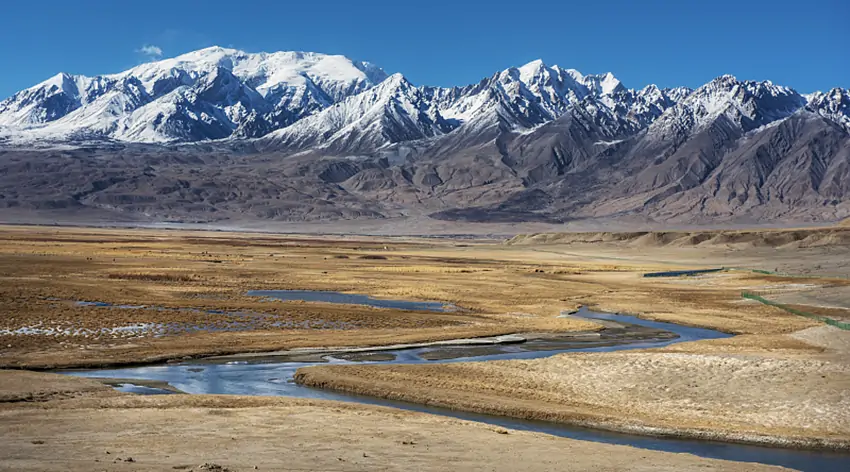
3. Travel precautions
Respect local customs and habits
The Uyghurs have unique customs and religious beliefs. Tourists should respect local customs and religious beliefs during their travels to avoid unnecessary conflicts and misunderstandings.
Pay attention to sun protection and warmth
The climate in Xinjiang is dry and the ultraviolet rays are strong. Tourists should pay attention to sun protection and moisturizing. At the same time, due to the large temperature difference between day and night, tourists should also prepare enough warm clothes to cope with cold weather.
Pay attention to safety issues
Tourists should pay attention to personal and property safety during their travels, and avoid going to undeveloped areas or dangerous areas such as privately set "attractions". At the same time, when participating in tourism activities, regular travel agencies and tour guides should be selected to ensure travel safety.
More about Xinjiang
Taste the Spicy Charms of Xinjiang BBQ: A Culinary Adventure
New Oriental Train Explores Xinjiang: Luxurious Journey and Stunning Scenery

 Flow us
Flow us
